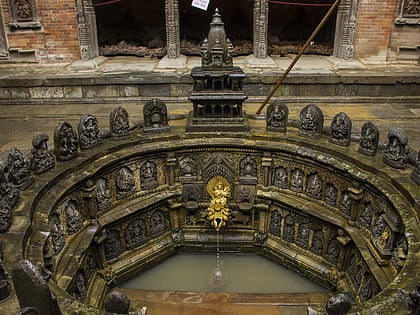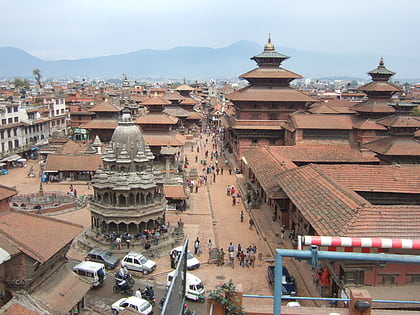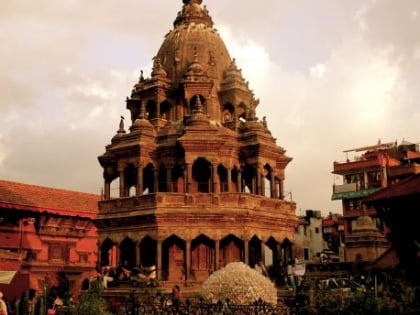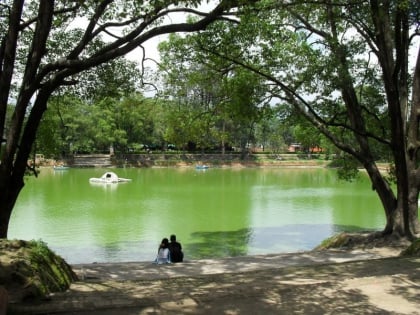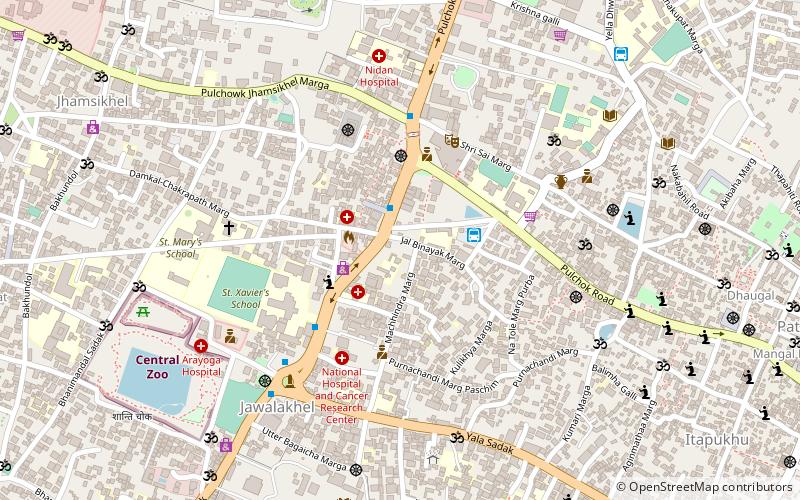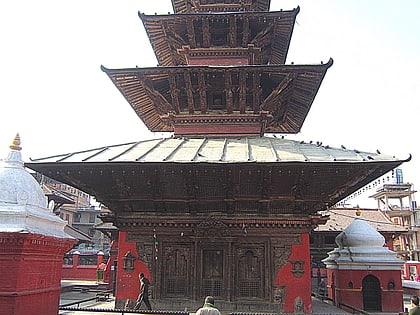Tusha Hiti, Patan

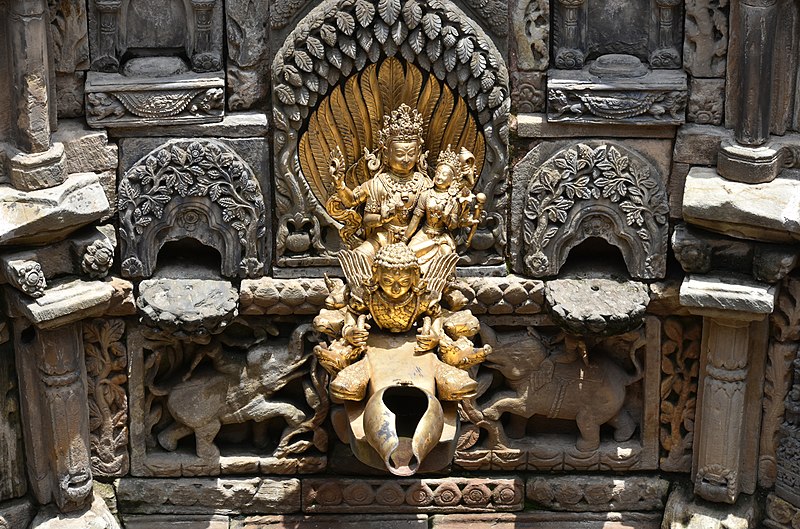
Facts and practical information
Nestled within the ancient city of Patan in Nepal, Tusha Hiti is an exquisite subterranean water spout that stands as a testament to the architectural and cultural grandeur of the region. This historical stone bath, located in Sundari Chowk within the Royal Palace complex of Patan Durbar Square, is an embodiment of the sophisticated urban planning and the reverence for water in Newar civilization.
Tusha Hiti was constructed in the 17th century during the reign of King Siddhinarasimha Malla. It is a marvel of craftsmanship, featuring intricately carved stone spouts, sculptures, and friezes that depict various Hindu deities and mythical creatures. The sunken bath is square in shape and is accessed by stone steps that lead down to the water level, which is constantly replenished by natural springs. This ensures that the hiti, or water spout, maintains its sacredness and purity, providing a serene space for ritual ablutions.
One of the most striking features of Tusha Hiti is its use of fine stone masonry, which has survived the test of time and natural calamities, including the devastating earthquake that struck Nepal in 2015. The bath's central platform is adorned with a magnificent serpent sculpture, around which the water channels are strategically placed to fill the tank.
Tusha Hiti is not only an important religious site for the local Newar community but also an invaluable piece of Nepal's cultural heritage. It captures the essence of traditional Newar architecture, which is characterized by its intricate wood and stone work, and serves as a reflection of the highly advanced urban water management system of its time.
Patan
Tusha Hiti – popular in the area (distance from the attraction)
Nearby attractions include: Patan Durbar Square, ANFA Complex, Krishna Mandir, Mahabouddha Temple.
Frequently Asked Questions (FAQ)
Which popular attractions are close to Tusha Hiti?
How to get to Tusha Hiti by public transport?
Bus
- Lagankhel Bus Park (10 min walk)
- Patan Transportation System (14 min walk)
